The forgotten slang of 20th-century subcultures
The 20th century was a vibrant tapestry of subcultures, each with its own unique lingo that reflected their distinct identities. From the smoky jazz clubs of the 1920s to the digital age of the 1990s, subcultures used slang as a way to express their values, beliefs, and passions.
This journey will take us through some of the most fascinating and forgotten slang terms that painted the linguistic landscape of their time.
The Roaring Twenties: Flappers and Their Jazzy Jargon
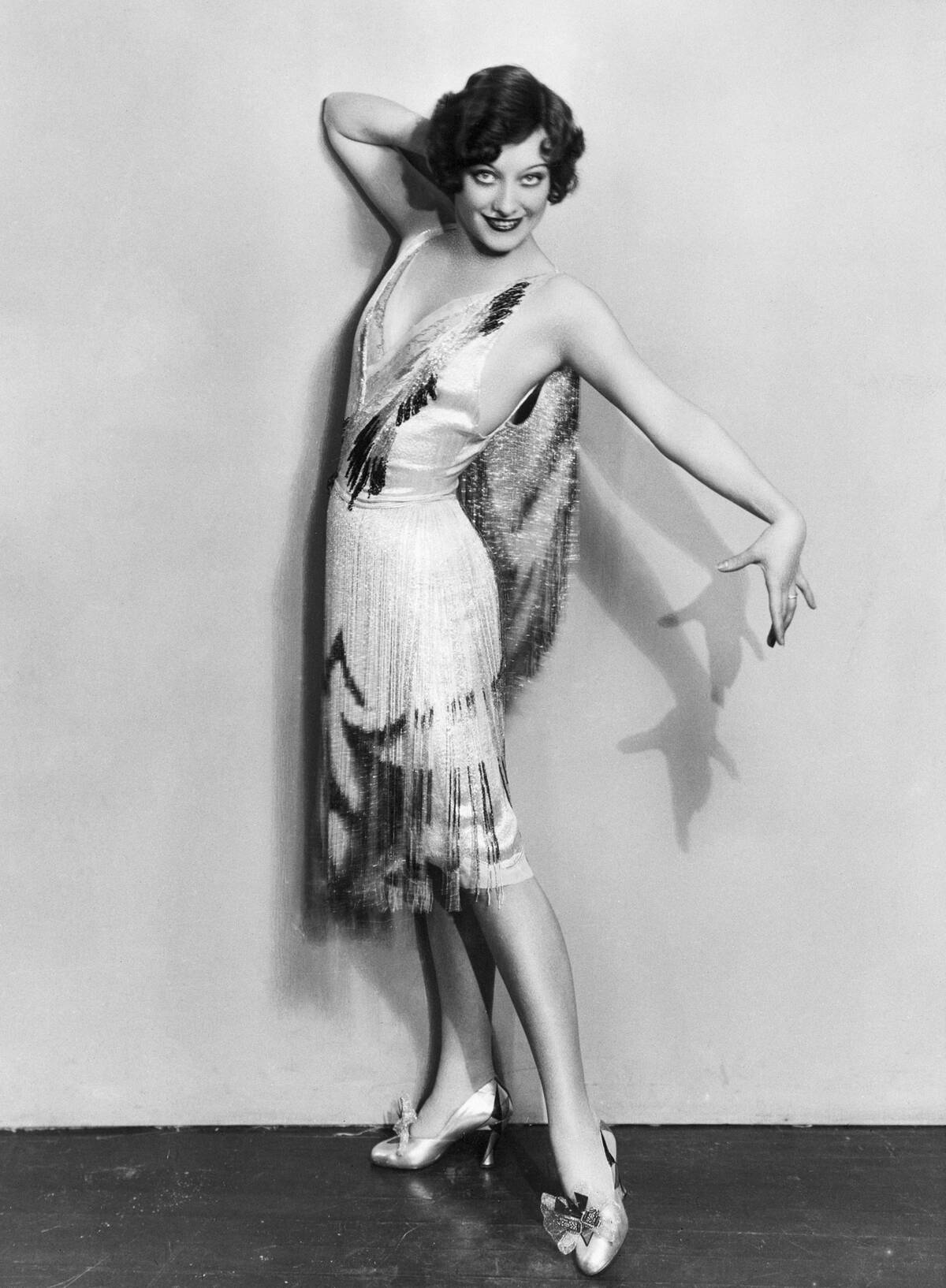
The Roaring Twenties was a time of jazz, speakeasies, and flappers, who had their own vibrant vocabulary. “Bee’s knees” was a term used to describe something excellent, much like “the cat’s pajamas.” The flappers were known for challenging societal norms, and their slang reflected this rebellious spirit.
They often referred to men as “gigolos” and used “sheba” to describe a stylish woman. These terms captured the carefree and lively spirit of the era.
The Beat Generation: Cool Cats and Their Lingo
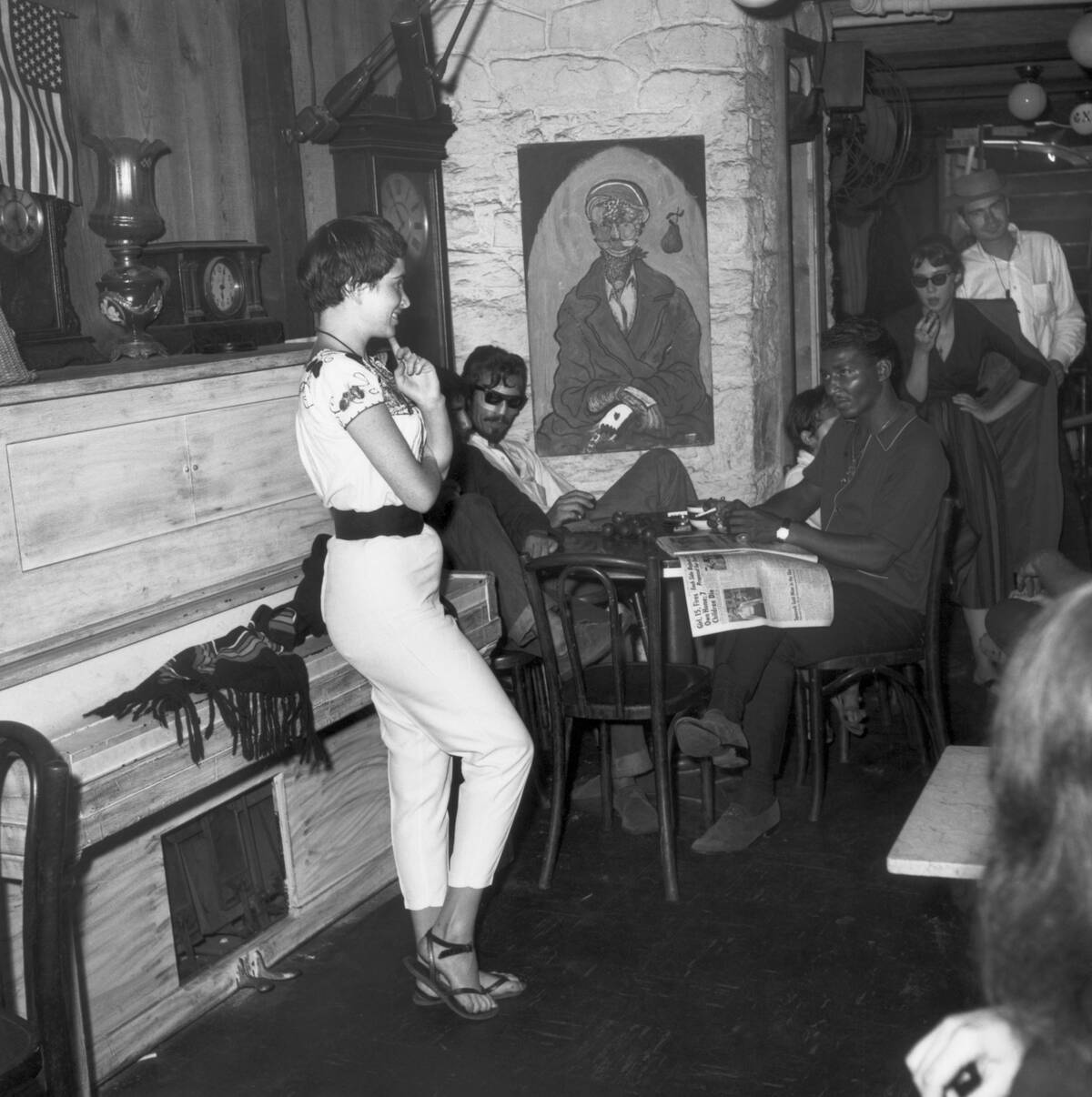
The Beat Generation of the 1950s brought us phrases like “cool cat” and “dig,” reflecting their laid-back, introspective lifestyle. “Beatniks,” as they were called, were known for their appreciation of jazz, poetry, and existential musings.
They used “hipster” to describe someone who was in the know. Their language was often cryptic and aimed to convey a deeper understanding of the world, embodying their quest for authenticity and meaning.
Hippie Talk: Flower Power Language of the 1960s
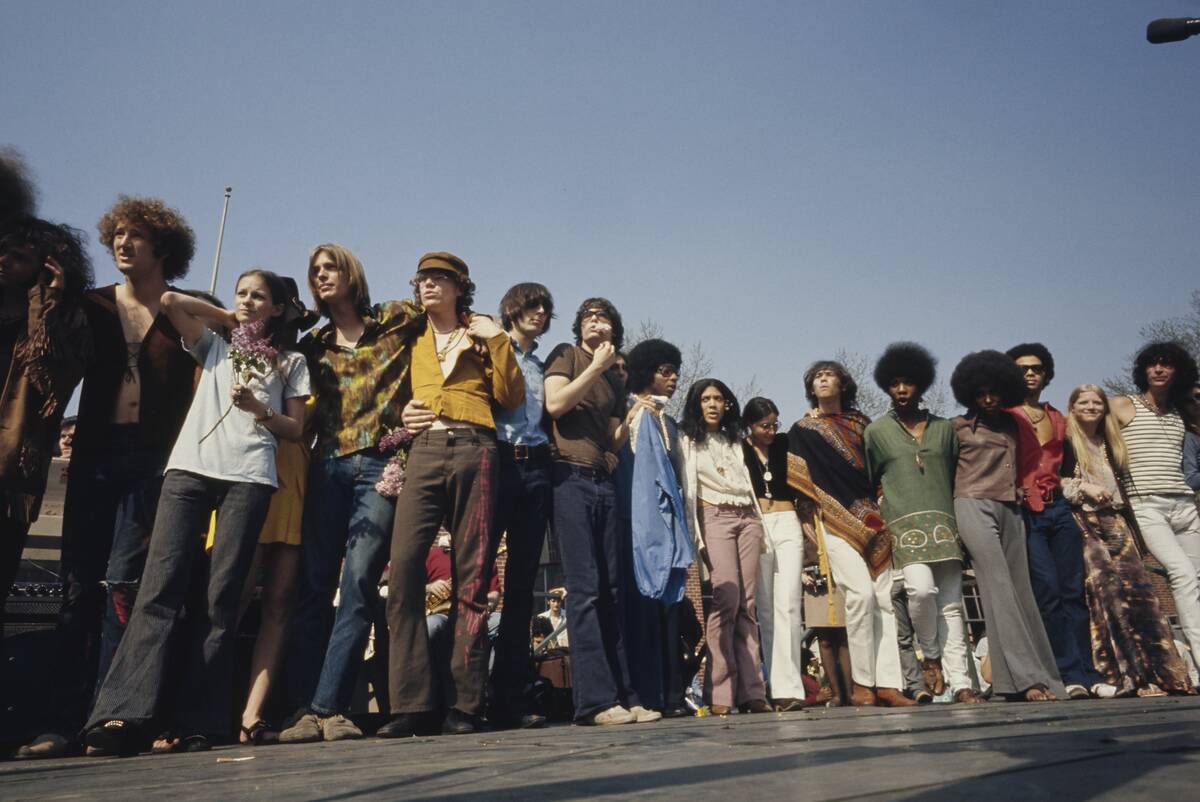
The 1960s hippie movement was all about peace, love, and understanding, and their language followed suit. Words like “groovy” and “far out” became synonymous with the free-spirited lifestyle.
Hippies often used “vibes” to describe the overall feeling or energy of a situation. Their slang was characterized by a sense of openness and positivity, reflecting their desire to create a more harmonious world.
Greasers and Their Greased-Up Gab
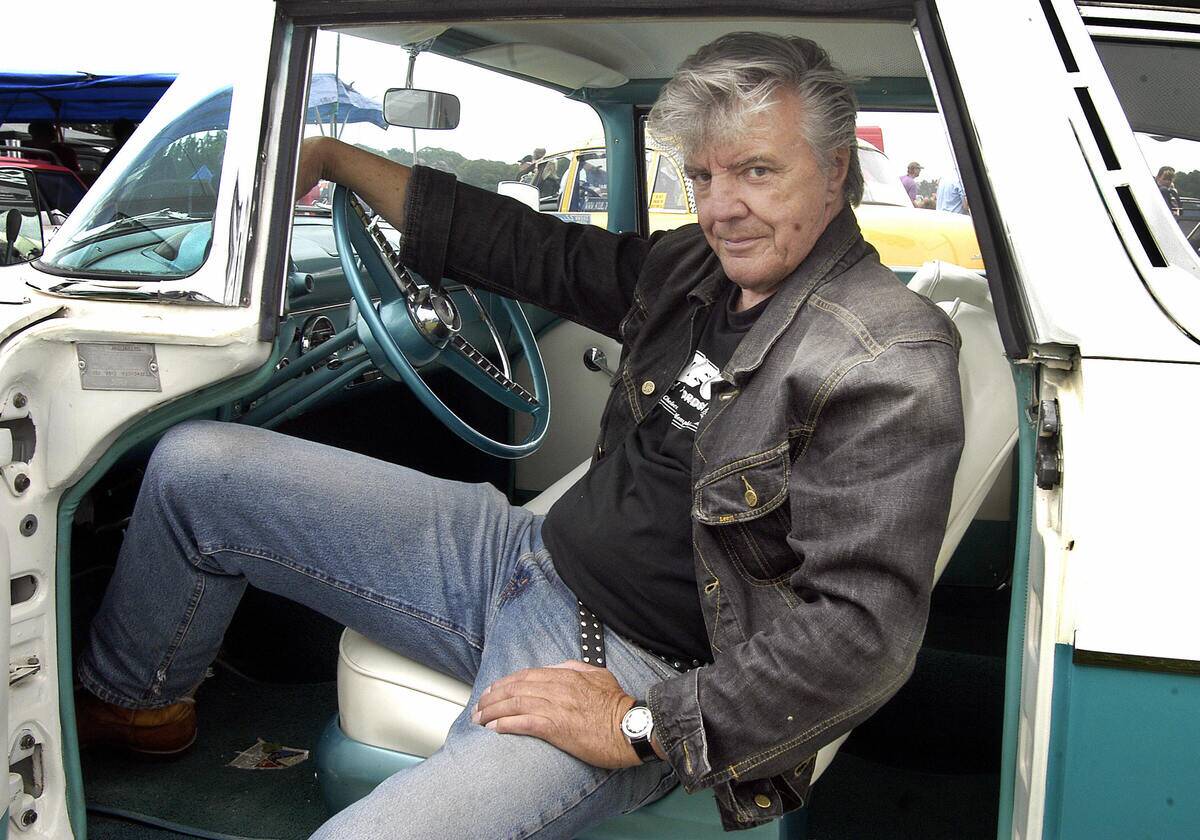
Greasers, popularized in the 1950s, had a specific style and language that set them apart. The term “greaser” itself came from their greased-back hairstyles. They used phrases like “cruisin’ for a bruisin'” to describe someone looking for trouble.
Their lingo was often tough and rebellious, mirroring their love for rock ‘n’ roll and fast cars. Greasers were all about projecting a cool, tough exterior.
The Punk Revolution: Anarchy in the UK Slang
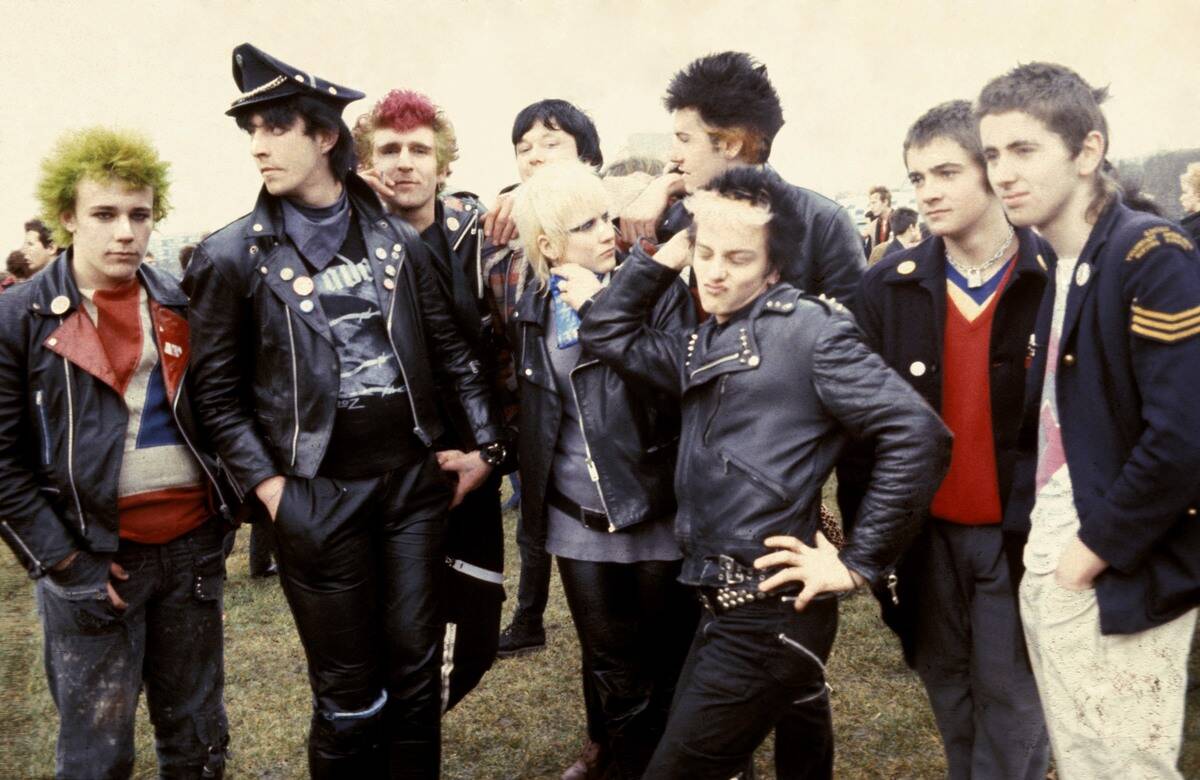
The punk revolution of the late 1970s was a raw, energetic movement that expressed dissatisfaction with the status quo. The Sex Pistols and The Clash were at the forefront, and their fans embraced a slang that was as rebellious as their music.
Words like “posers” were used to describe those who were perceived as inauthentic, while “gob” referred to spitting as a form of punk expression. It was all about defiance and individuality.
Disco Fever: Boogie Down with the Lingo of the 1970s
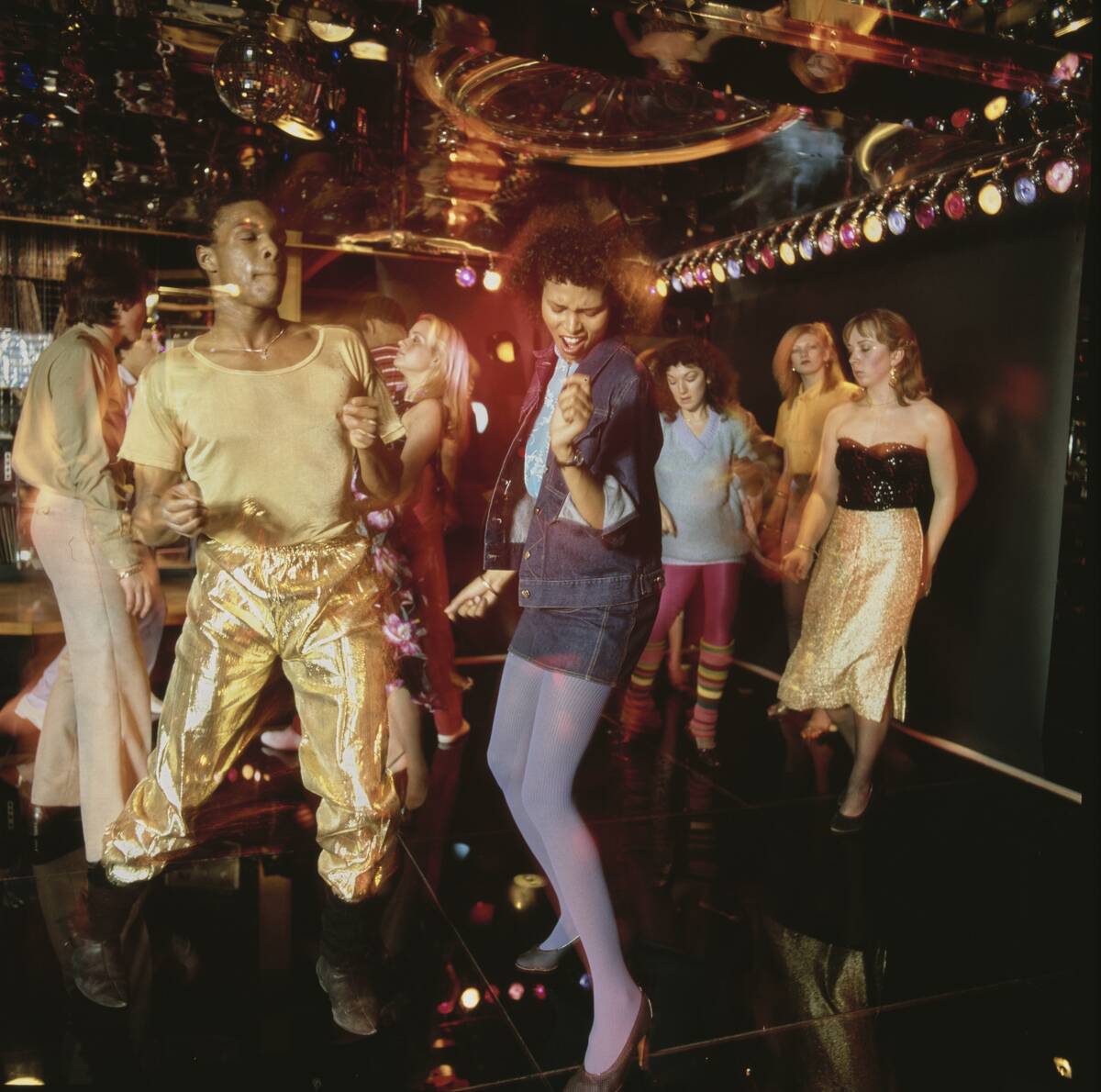
The 1970s disco era was all about dancing and having a good time, and the slang of the time reflected this exuberance. “Boogie” was used to describe dancing energetically, while “funky” referred to something stylish or cool.
Disco-goers coined the term “jive talk” to describe playful, exaggerated banter. The language of disco was as colorful and vibrant as the flashing lights on the dance floor, capturing the essence of the nightlife scene.
Valley Speak: Like, Totally Rad 1980s Slang
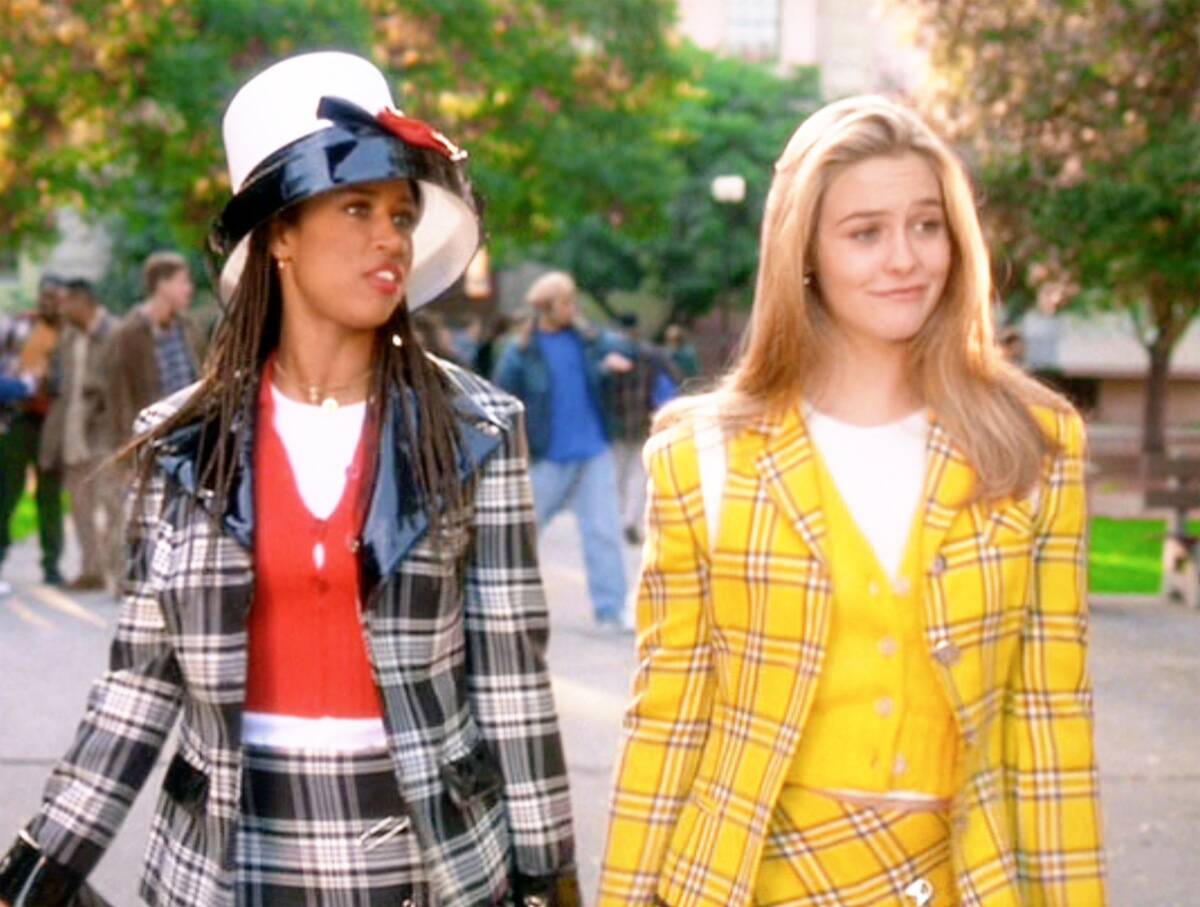
The 1980s saw the rise of “Valley Speak,” a distinctive lingo popularized by teenagers in California’s San Fernando Valley. Words like “totally” and “like” became linguistic staples, used to emphasize almost anything.
“Gnarly” described something impressive or intense. This slang was often used in a playful, exaggerated manner, capturing the laid-back yet vibrant spirit of the decade. It was a linguistic reflection of the era’s pop culture and fashion.
The Jazz Age: Swingin’ Words from the Big Band Era
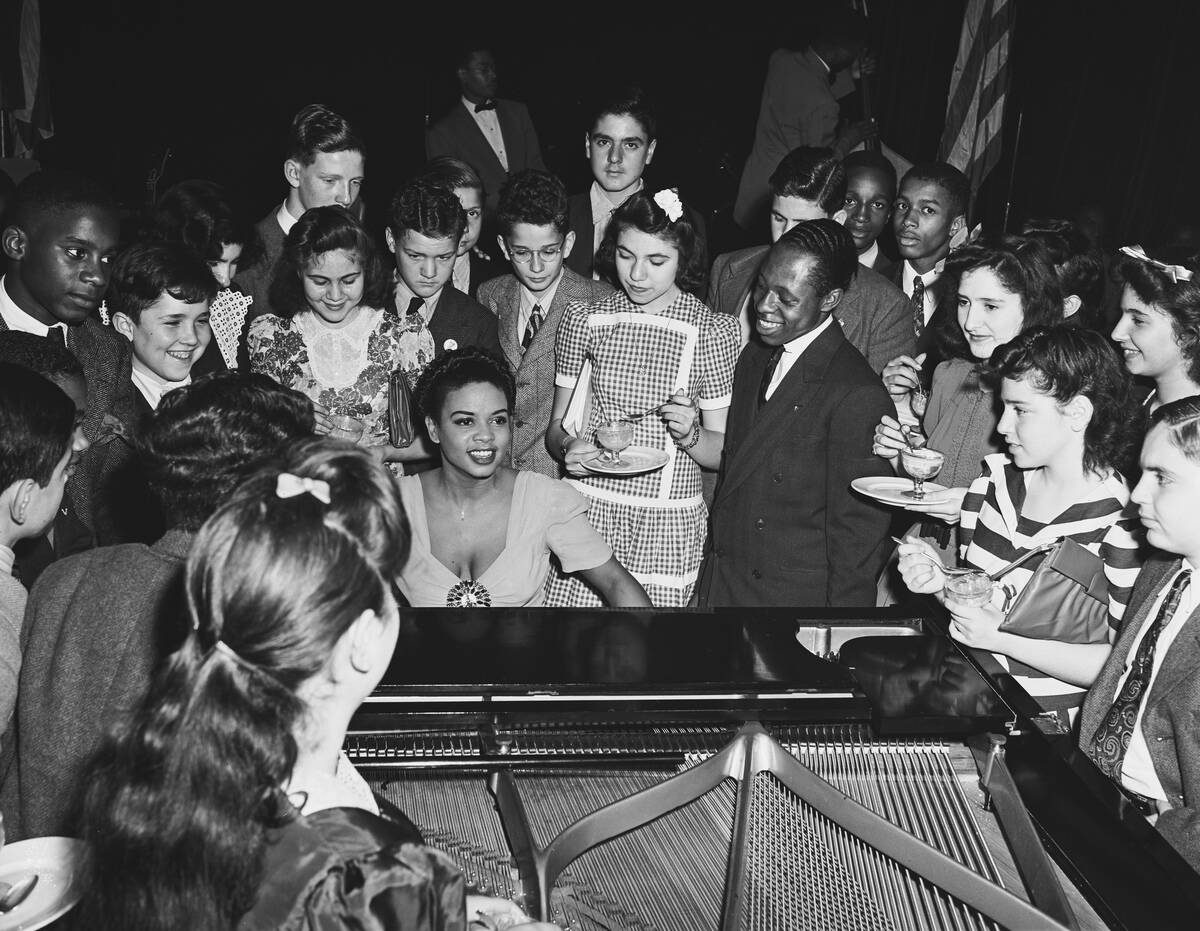
The Jazz Age, synonymous with the 1920s, was a time of lively dance halls and big band music, and its slang was equally vibrant. “Hotsy-totsy” described something pleasing or desirable, while “baloney” was used to call out nonsense.
People who were out of touch were referred to as “hayburners.” The language was rhythmic and musical, much like the jazz that defined the era, and it reflected a society embracing newfound freedoms and joys.
Mod Culture: Groovy Talk from 1960s Britain
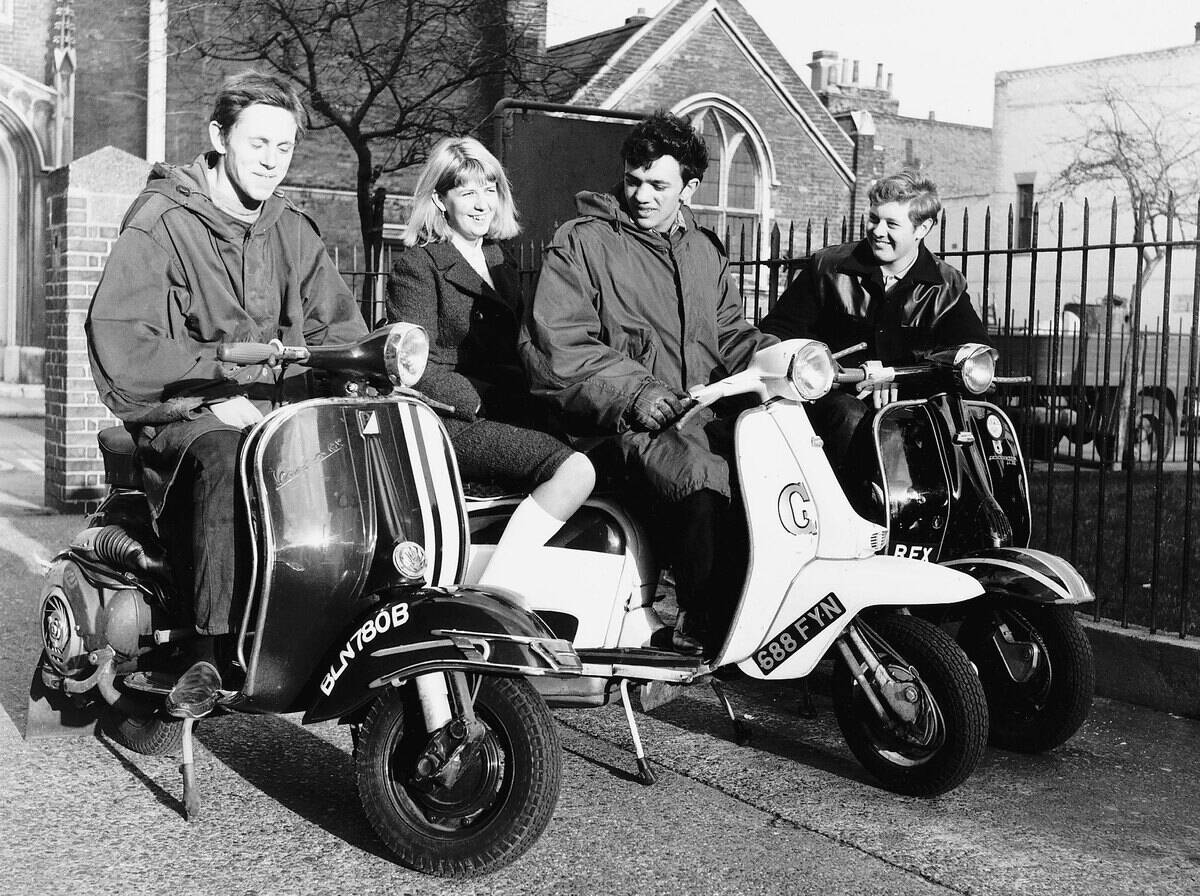
In 1960s Britain, Mod culture was all about sharp fashion and modernist music, and their slang was suitably hip. “Ace” was a term for something excellent, while “gear” meant stylish. Mods, known for their love of scooters and soul music, used “bloke” to refer to a man.
Their language was reflective of their desire to break away from the traditional and embrace a modern, forward-thinking identity, much like their sartorial and musical choices.
Glam Rock Lingo: Glittering Words of the 1970s
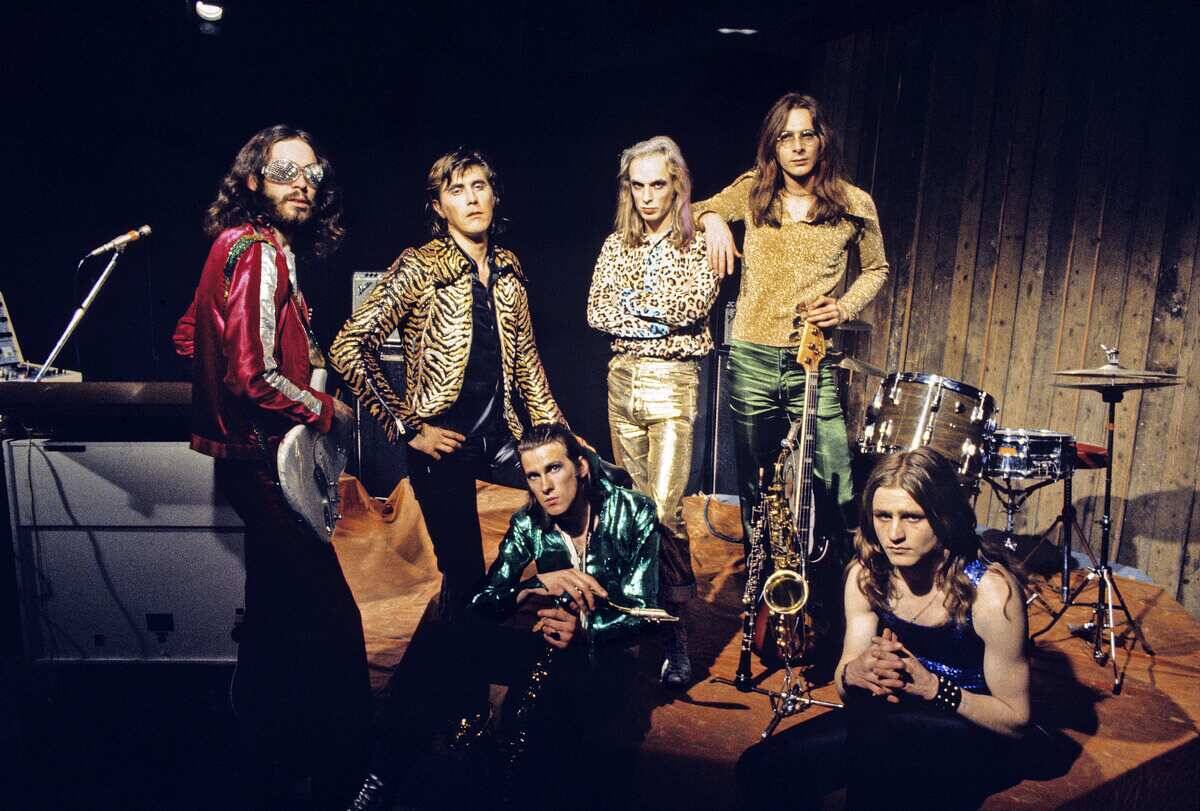
Glam rock of the 1970s was characterized by flamboyant fashion and theatrical music, and its language was equally dazzling. “Glitterati” referred to the glamorous elite, while “freak out” meant to lose control or go wild.
Fans embraced terms like “camp” to describe something exaggeratedly theatrical. The slang mirrored the genre’s bold, extravagant ethos, celebrating individuality and dramatic self-expression, just like the iconic personas of David Bowie and Marc Bolan.
Biker Slang: Riding the Language of the Open Road
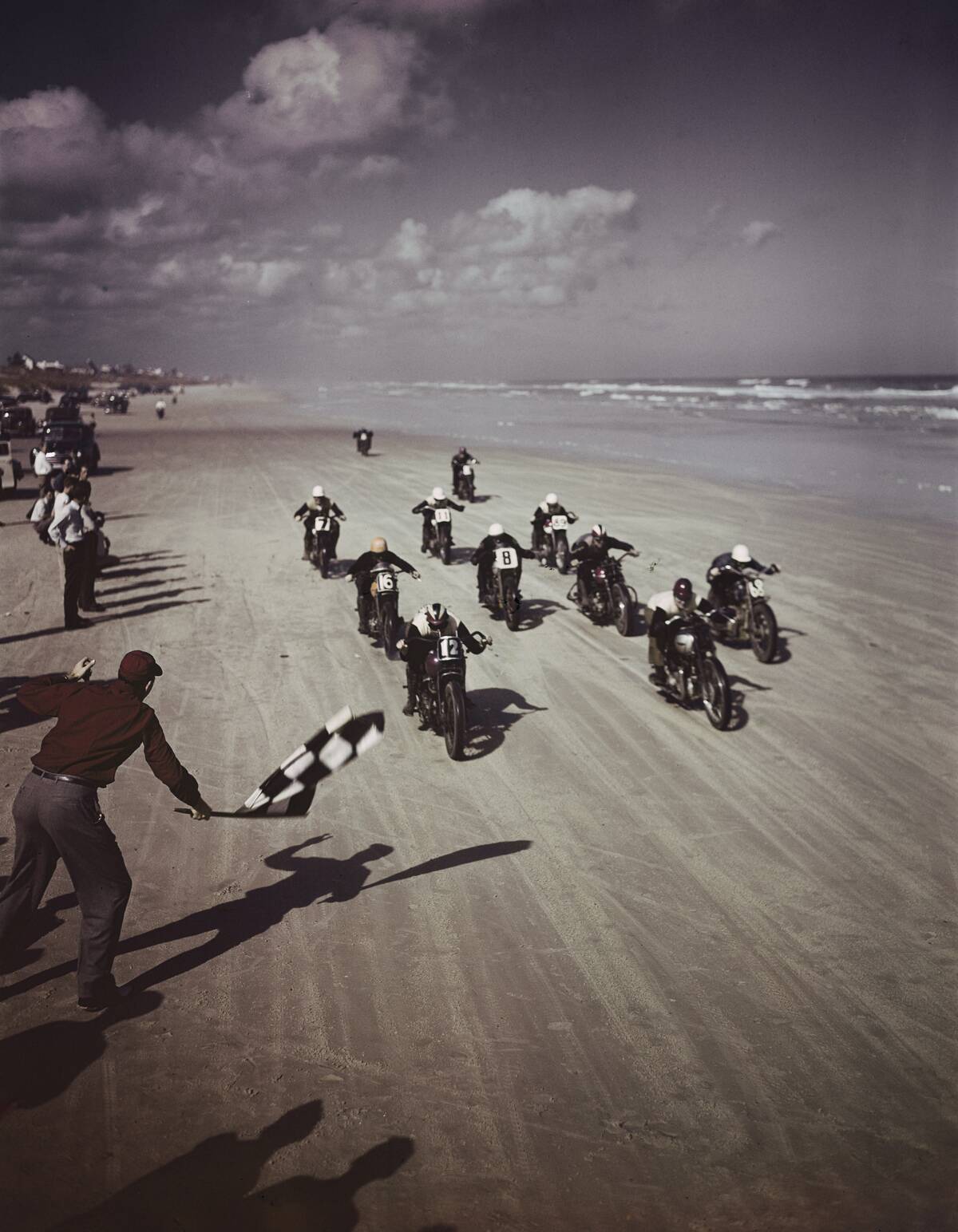
Bikers have long had their own unique slang, born from the freedom of the open road. “Chopper” refers to a customized motorcycle, while “hog” is a term of endearment for a Harley-Davidson. “Ride or die” expresses loyalty to the biker lifestyle.
This language reflects the camaraderie and independence that define biker culture, capturing the essence of life on two wheels and the thrill of the journey.
Goth Talk: Dark and Mysterious Words from the 1980s
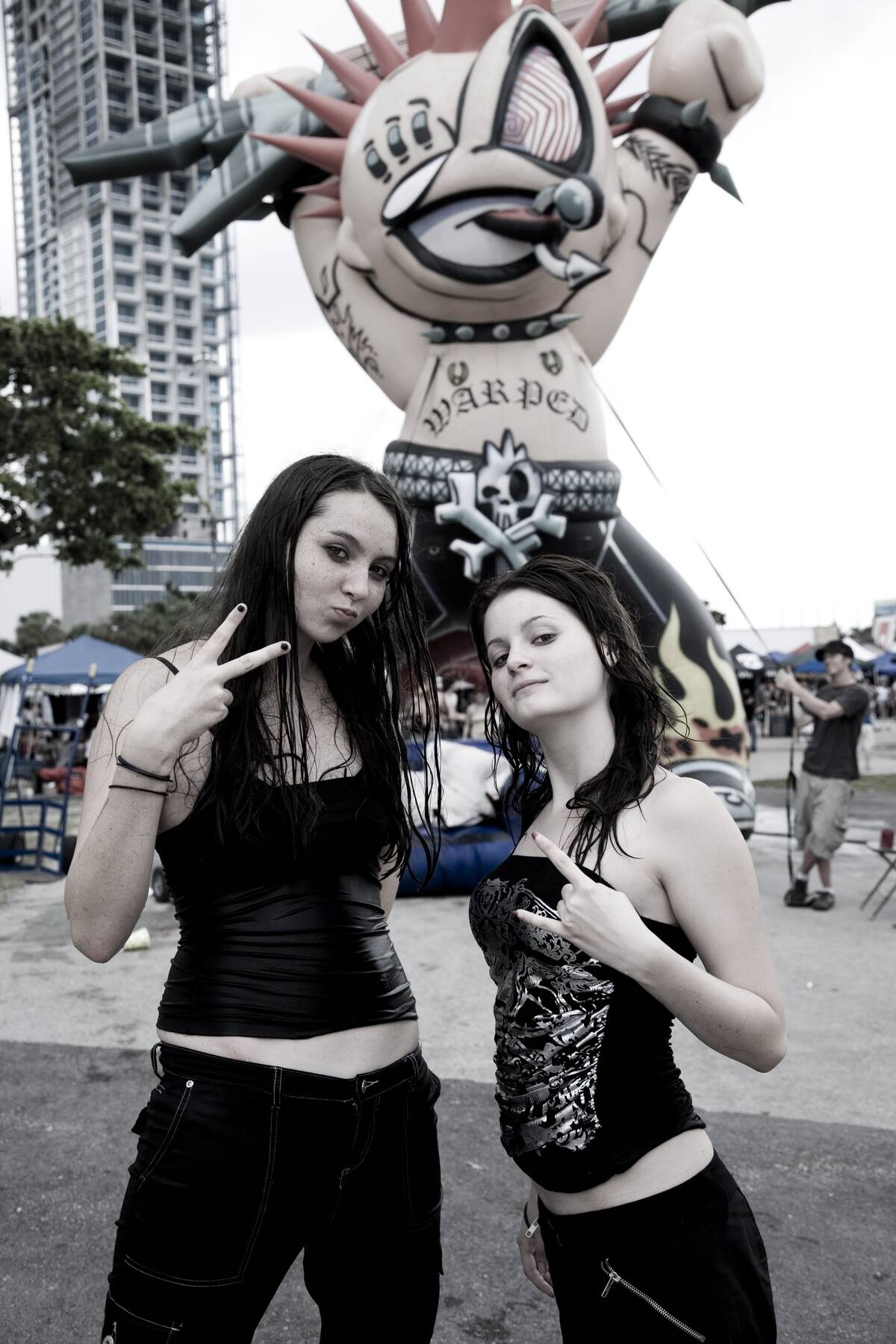
The goth subculture of the 1980s embraced a dark, mysterious aesthetic, and their slang matched this vibe. “Tragic” was used to describe something beautifully melancholic, while “vamp” referred to someone with a seductive, dark allure.
The language was often poetic and introspective, reflecting the subculture’s fascination with the macabre and the romanticism of darkness. Goth talk was a linguistic manifestation of their unique worldview and artistic sensibilities.
Surf’s Up: Catching the Wave of 1960s Surf Slang

The 1960s surf culture was all about sun, sand, and waves, and its slang was as breezy as the ocean air. “Hang ten” referred to a surfing maneuver, while “wipeout” described a fall from the board. “Cowabunga” was an exclamation of excitement.
This language was as lighthearted and carefree as the surfers themselves, capturing the joy and thrill of riding the waves and the laid-back lifestyle of the beach.
Hip Hop Origins: The Early Rhymes and Rhythms

The origins of hip hop in the 1970s and 80s brought a new wave of slang that was rhythmic and expressive. “Fresh” described something new and impressive, while “dope” meant excellent. Phrases like “break it down” were used to describe dance moves.
This language reflected the creativity and innovation of hip hop culture, which combined music, dance, and art to create a powerful social movement that continues to influence global culture.
Cyber Slang of the 1990s: Dial-Up and Digital Beginnings
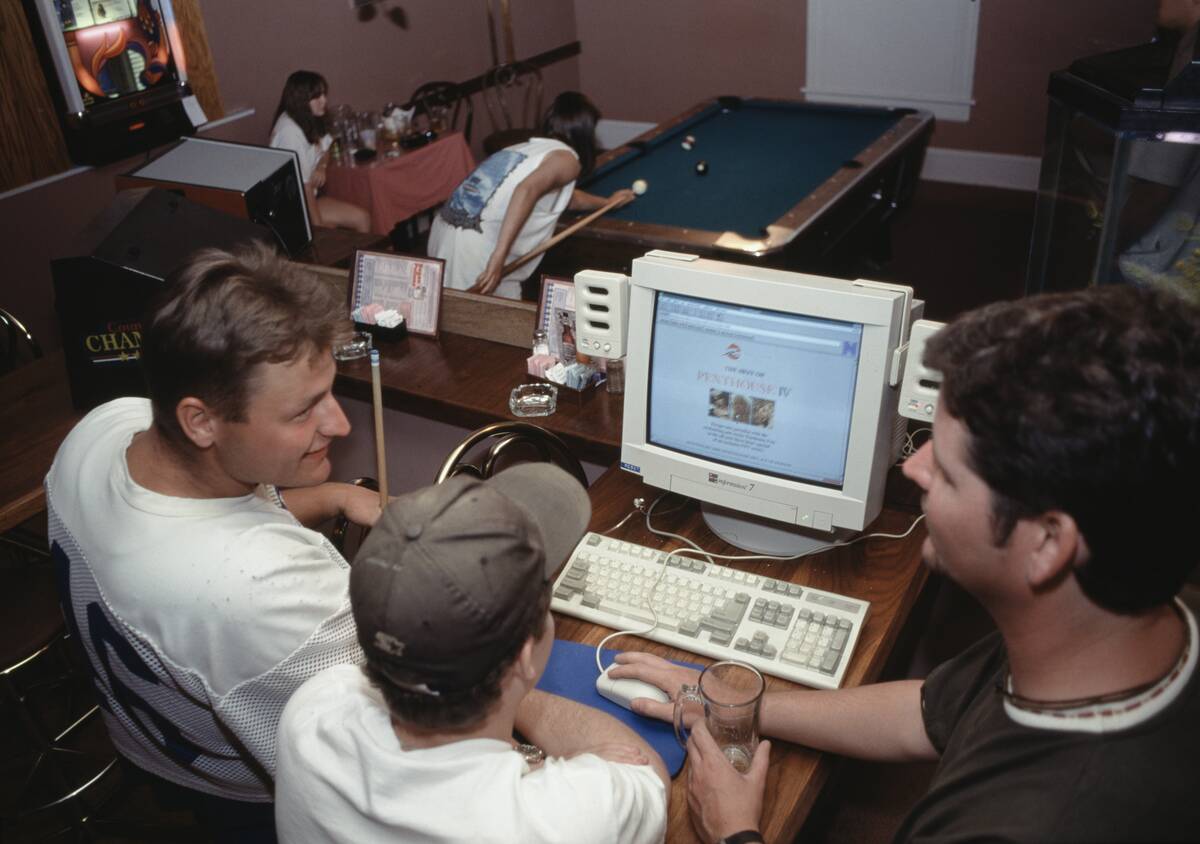
The 1990s saw the rise of the internet, bringing with it a new digital language. “Surfing the web” became a common phrase for browsing online, while “chat room” referred to virtual spaces for conversation. “LOL” and “BRB” became the shorthand of the digital age.
This cyber slang was born out of the technological revolution, reflecting the rapid changes in communication and the excitement of exploring a connected world.



